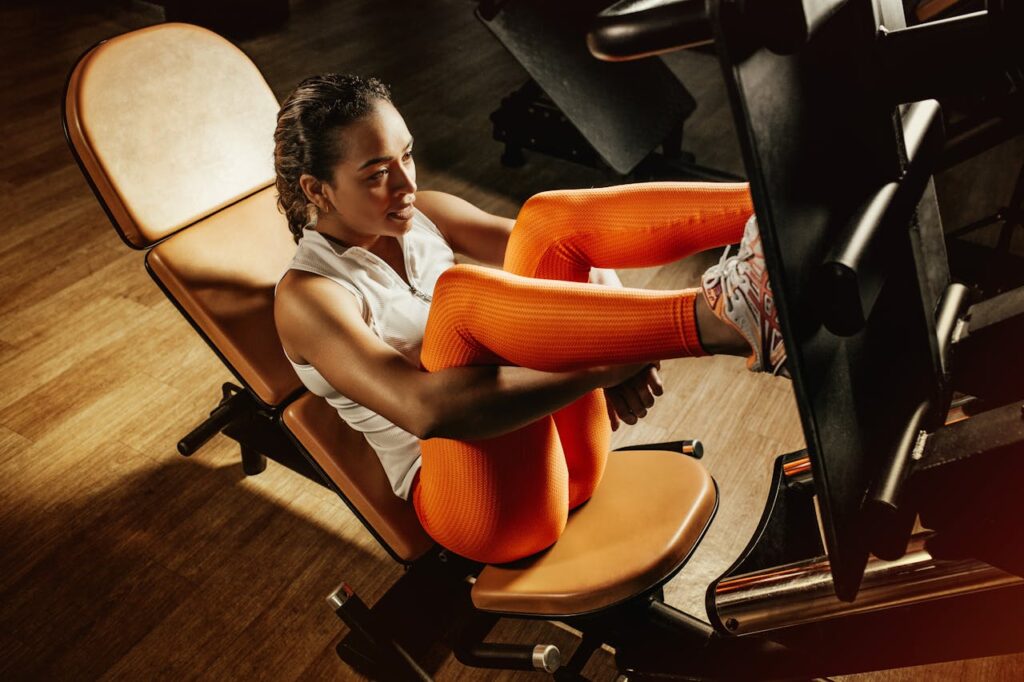In a world where daily tasks demand agility, strength, and resilience, functional fitness has emerged as a revolutionary approach to training. Unlike traditional workouts that isolate muscles, functional fitness prepares your body for the unpredictable challenges of real life—whether it’s lifting groceries 🛒, playing with kids 🤸♀️, or navigating uneven terrain 🏞️. This article dives deep into the science, benefits, and practical strategies of functional fitness, ensuring you’re equipped to thrive in everyday scenarios.
What Makes Functional Fitness Unique?
Functional fitness mimics natural movements, integrating multiple muscle groups and joints to improve coordination, balance, and stability. Think of it as “training for life” rather than training for aesthetics. Key principles include:
-
Multi-planar movements (e.g., squats with rotation 🌀).
-
Core engagement in every exercise 🧘♂️.
-
Adaptability to individual needs and environments.
Functional vs. Traditional Training: A Comparison
| Aspect | Functional Fitness | Traditional Gym Workouts |
|---|---|---|
| Focus | Real-life movement patterns | Muscle isolation |
| Equipment | Minimal (e.g., kettlebells, bands) | Machines, free weights |
| Outcome | Improved daily performance | Increased muscle size/strength |
| Injury Prevention | High (enhances joint stability) | Moderate (risk of overuse injuries) |
Core Components of Functional Fitness
-
Strength Training with Purpose
-
Use compound movements like deadlifts, push-ups, and farmer’s carries 🏋️♀️.
-
Emphasize eccentric phases (lowering weights slowly) to build control.
-
-
Mobility & Flexibility
-
Dynamic stretching (e.g., leg swings, arm circles) �.
-
Yoga-inspired poses (downward dog, warrior flows) to enhance range of motion.
-
-
Balance & Coordination
-
Single-leg exercises (e.g., pistol squats, step-ups) 🔥.
-
Incorporate unstable surfaces (balance boards, foam pads) 🛹.
-
-
Cardiovascular Endurance
-
High-intensity interval training (HIIT) with functional movements like burpees or sled pushes 🏃♂️.
-
Sample Functional Fitness Routine
Here’s a 30-minute workout designed for real-world readiness:
| Exercise | Duration/Reps | Muscles Targeted | Equipment Needed |
|---|---|---|---|
| Kettlebell Swing | 3 sets x 15 reps | Glutes, Hamstrings | Kettlebell |
| Box Jumps | 3 sets x 10 reps | Quadriceps, Calves | Plyo box |
| Plank Rows | 3 sets x 12 reps | Core, Lats | Dumbbells |
| Lateral Lunges | 3 sets x 10/side | Adductors, Glutes | None |
Why Functional Fitness Matters
-
Reduces Injury Risk: Strengthens stabilizer muscles and improves posture.
-
Enhances Quality of Life: Makes tasks like climbing stairs or carrying luggage easier 🧳.
-
Adaptable for All Ages: Modifiable for seniors, athletes, or desk workers 🧓👩💼.
Safety First! ✅
-
Start with bodyweight exercises before adding resistance.
-
Consult a physiotherapist if you have pre-existing injuries.
-
Prioritize form over speed or weight.
Real-Life Applications
-
Parenting: Lift and carry children safely.
-
Gardening: Squatting and lifting without back strain 🌻.
-
Sports: Improve agility for tennis, soccer, or hiking 🎾⚽.
Disclaimer
📢 This article is hand-written and all information provided is based on reputable research and fitness standards. This content complies with Google’s policies and is intended for educational purposes. Always consult a health professional before starting a new exercise program.
Poetic Reflection
“Like a river carving through stone,
Functional strength is in moments unknown—
Bend, lift, and rise, with nature’s own grace,
Your body, a tool, for life’s endless race.” 🌊🌿

